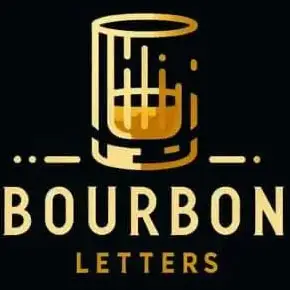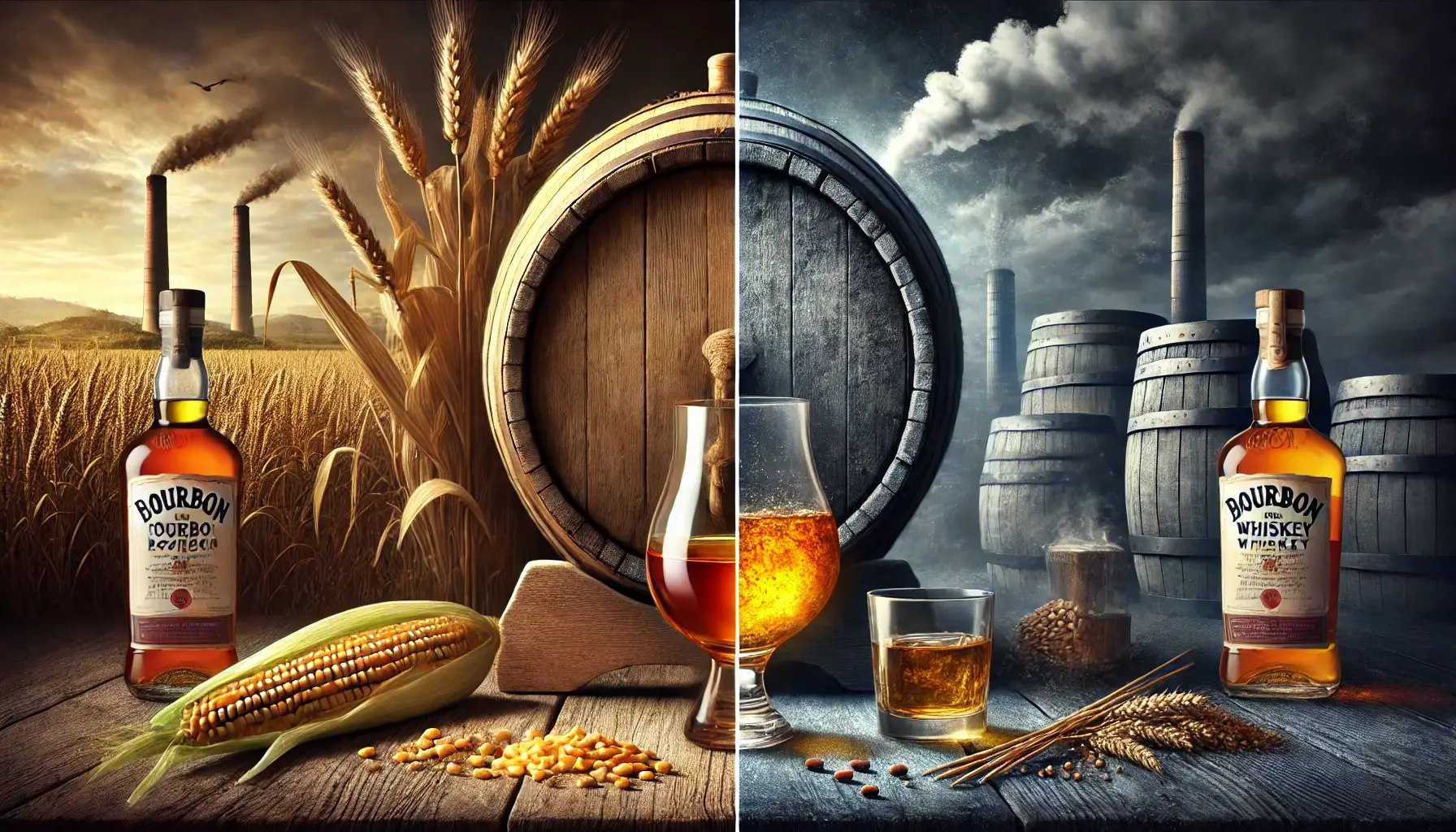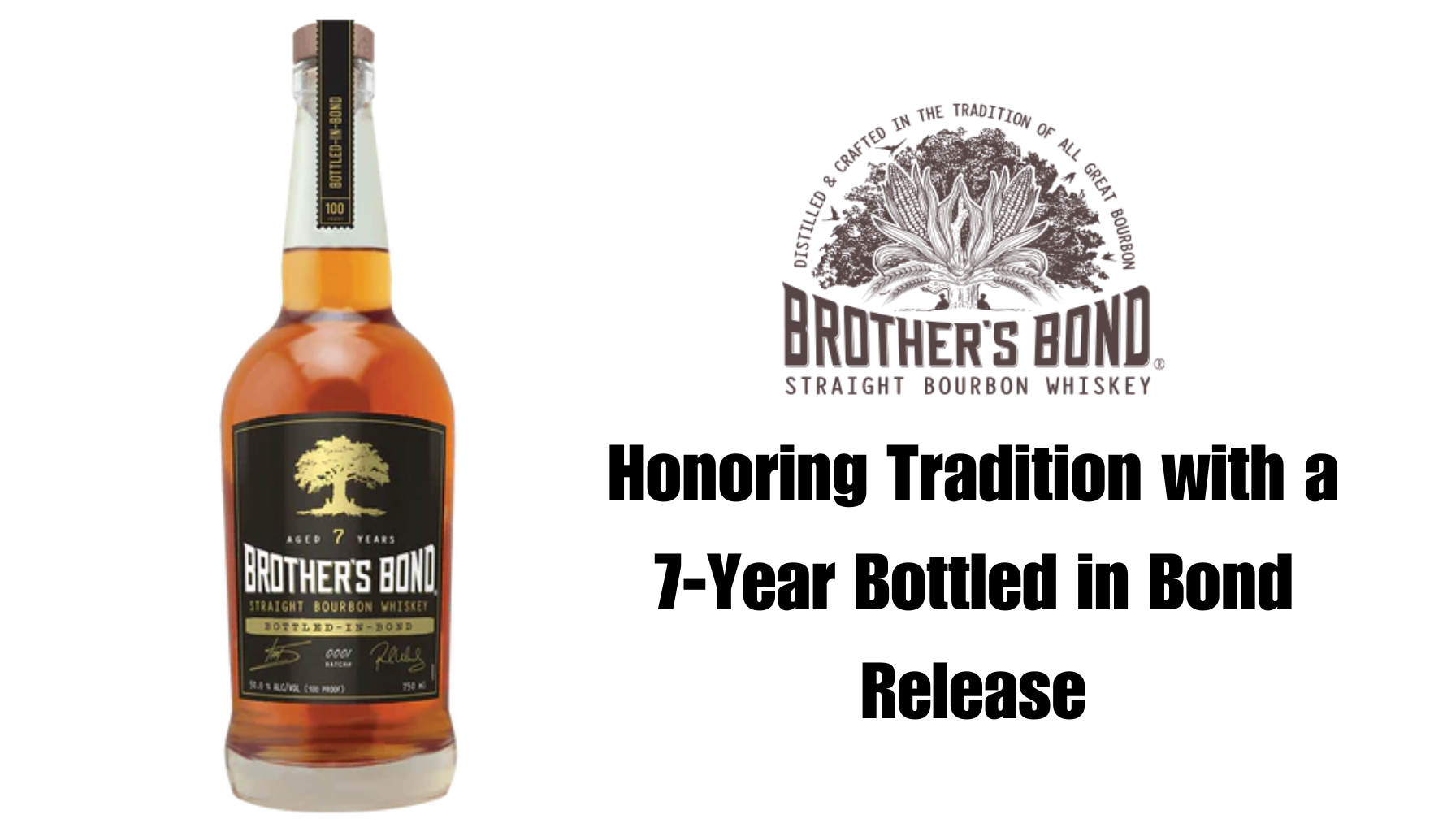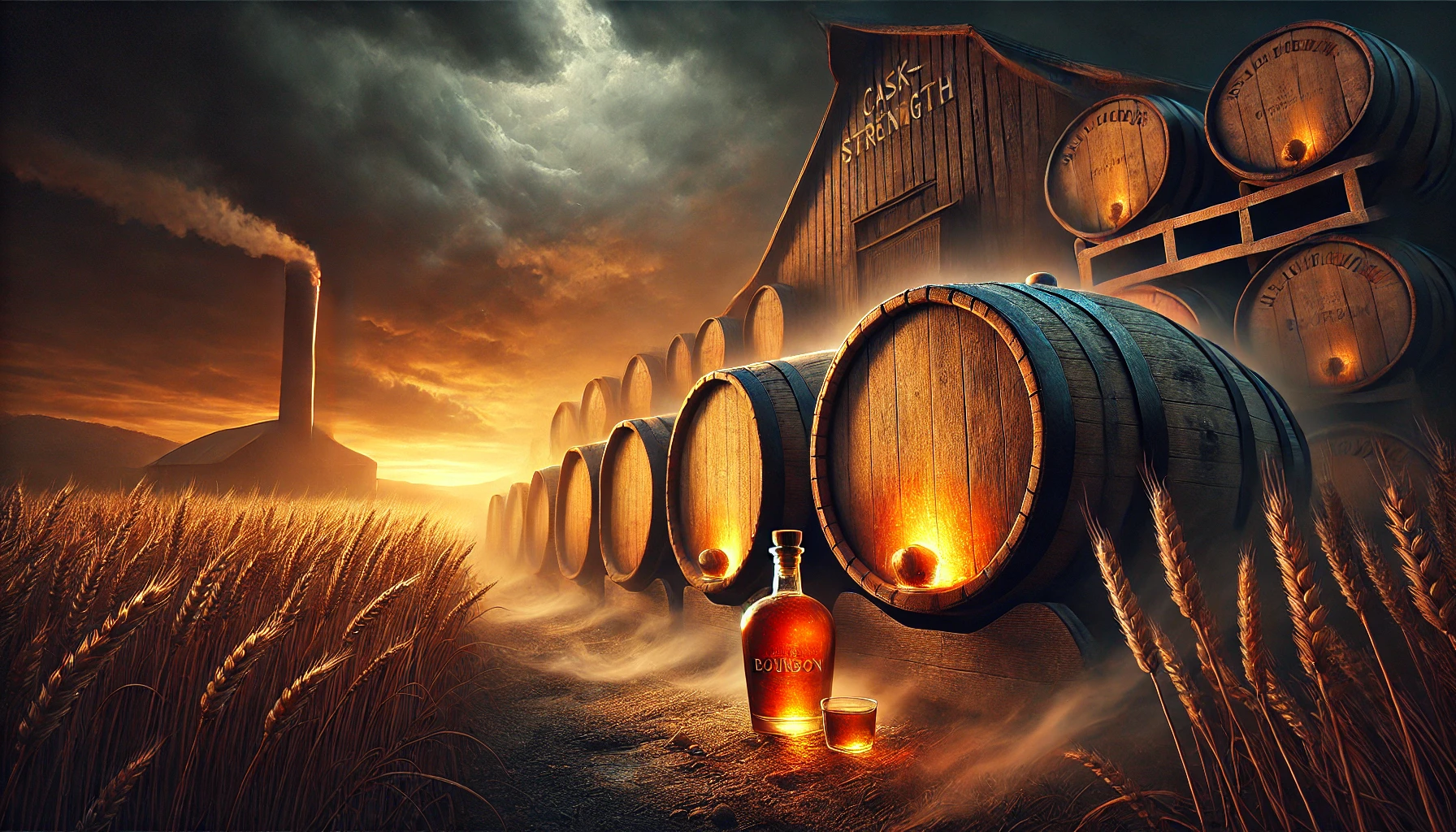All Bourbon is Whiskey, But Not All Whiskey is Bourbon
To begin with what’s the Difference? It’s important to understand that bourbon is a type of whiskey. Whiskey, in general, is a distilled spirit made from a fermented grain mash, which can include corn, barley, rye, and wheat. It’s aged in wooden barrels and has many regional varieties, like Scotch, Irish whiskey, rye whiskey, and, of course, bourbon.
Bourbon, however, has some specific rules that make it distinct from other whiskeys. Think of it like a square and rectangle: all bourbons are whiskeys, but not all whiskeys are bourbons.
- Ingredients: The first major difference between bourbon and other types of whiskey is the grain used in the mash. For a whiskey to be classified as bourbon, the mash bill (the combination of grains) must be at least 51% corn. The rest of the mash can be made up of other grains, like rye, wheat, or malted barley. Corn gives bourbon its distinct sweetness, which sets it apart from whiskeys made primarily with barley or rye. In contrast, Scotch whisky is primarily made from malted barley, and rye whiskey—as the name suggests—is made mostly from rye grain. Each grain brings its own flavor profile to the spirit, which is why bourbon tends to be sweeter, while rye whiskey is often spicier.
- Production Process and Location: Bourbon has to be produced in the United States to carry the label. While it’s often associated with Kentucky (and rightfully so—about 95% of the world’s bourbon comes from there), bourbon can technically be made anywhere in the U.S. Whiskey, on the other hand, is made all over the world. You’ll find iconic whiskies from Scotland, Ireland, Canada, and Japan. Another key factor in bourbon’s production is that it must be aged in new, charred oak barrels. This charring process gives bourbon its rich caramel and vanilla flavors, as well as its deep amber color. Other whiskeys, like Scotch, often use barrels that have been previously used to age bourbon or sherry.
- Aging Requirements: Unlike some whiskeys, bourbon doesn’t have a minimum aging requirement. That said, if a bourbon is labeled “straight bourbon,” it must be aged for at least two years. However, many premium bourbons are aged much longer, which allows the flavors from the charred oak barrels to develop and intensify.
- Flavor Profiles: Bourbon’s flavor is characterized by its sweetness, thanks to the high percentage of corn in the mash. You’ll often find notes of vanilla, caramel, and toffee in a glass of bourbon, along with hints of oak from the charred barrels. The longer it ages, the more pronounced these flavors become. In comparison, other whiskeys can have vastly different flavors depending on the grains used and how they’re aged. Scotch, especially single malts, often has a smoky or peaty taste. Rye whiskey is known for its bold, spicy character, and Irish whiskey is typically lighter and smoother.
The Legal Definitions
To ensure clarity, both bourbon and whiskey have legal definitions in the U.S. These standards are regulated by the Alcohol and Tobacco Tax and Trade Bureau (TTB). Here’s a quick breakdown of the rules for each:
Bourbon
- Be made in the United States
- Mash must be at least 51% corn.
- Be aged in new, charred oak barrels.
- Cannot be distilled to more than 160 proof (80% alcohol by volume).
- Be put into barrels at no more than 125 proof (62.5% alcohol by volume).
- Cannot contain any additives (except water).
Whiskey
- Can be made from a variety of grains (corn, rye, barley, wheat).
- Can be produced in any country.
- Aging processes and barrel requirements vary by type.
What About Tennessee Whiskey?
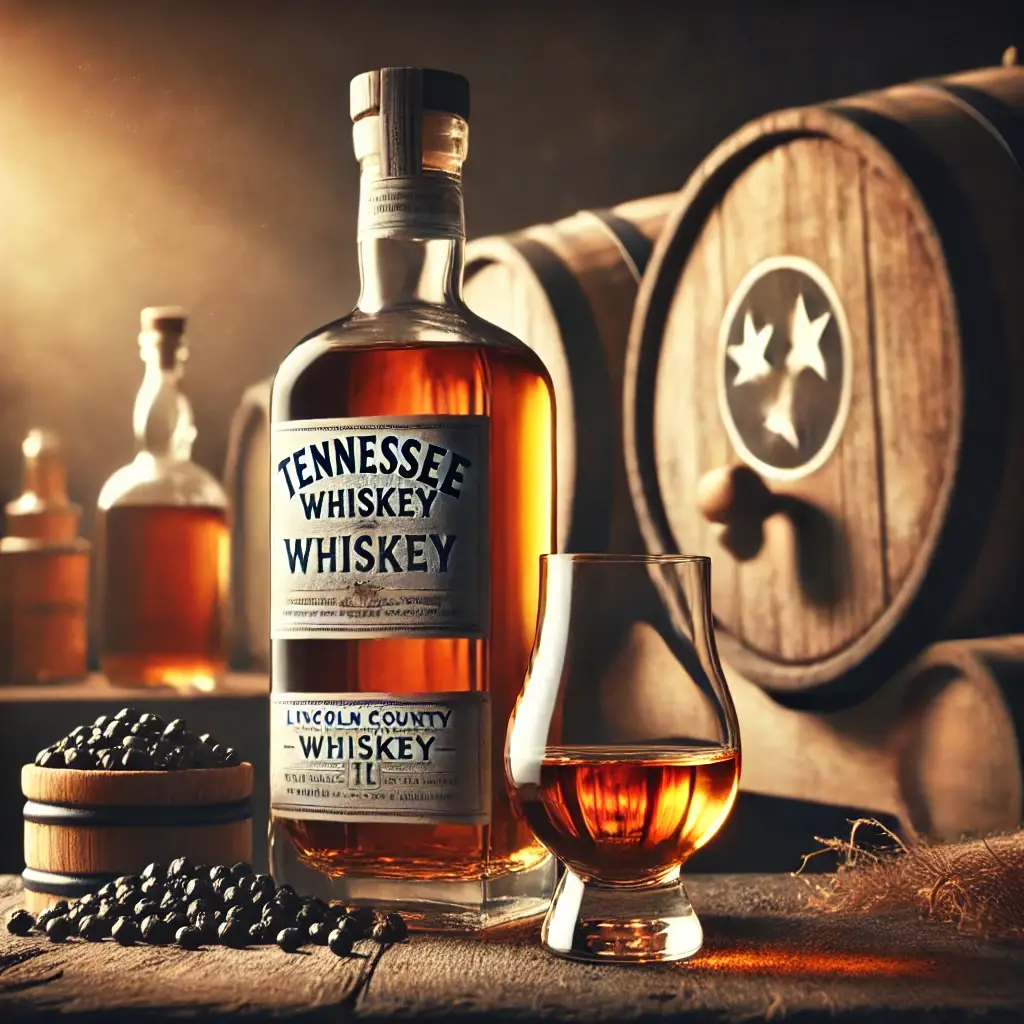
You might have also heard of Tennessee whiskey, which is a specific subset of bourbon. The most famous example is Jack Daniel’s. Tennessee whiskey follows all the rules of bourbon but adds one more step to the process: the Lincoln County Process, where the whiskey is filtered through charcoal before aging. This gives Tennessee whiskey a slightly smoother flavor.
Finally…
What’s the Difference? While bourbon and whiskey share many similarities, they have distinct characteristics that make each one unique. Bourbon’s sweet, full-bodied flavor comes from its high corn content and aging in new charred barrels, while whiskey as a broader category can encompass a range of flavors, ingredients, and aging techniques depending on its type and origin.
Next time you’re sipping on a glass of bourbon or whiskey, you’ll have a deeper appreciation for the differences that make each one special. Whether you’re a fan of bourbon’s sweetness or you prefer the smokiness of Scotch or the spice of rye, knowing the nuances of these spirits will only enhance your drinking experience. Cheers!
